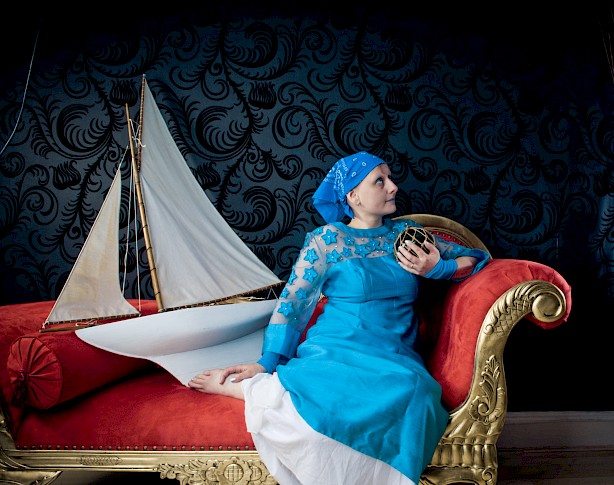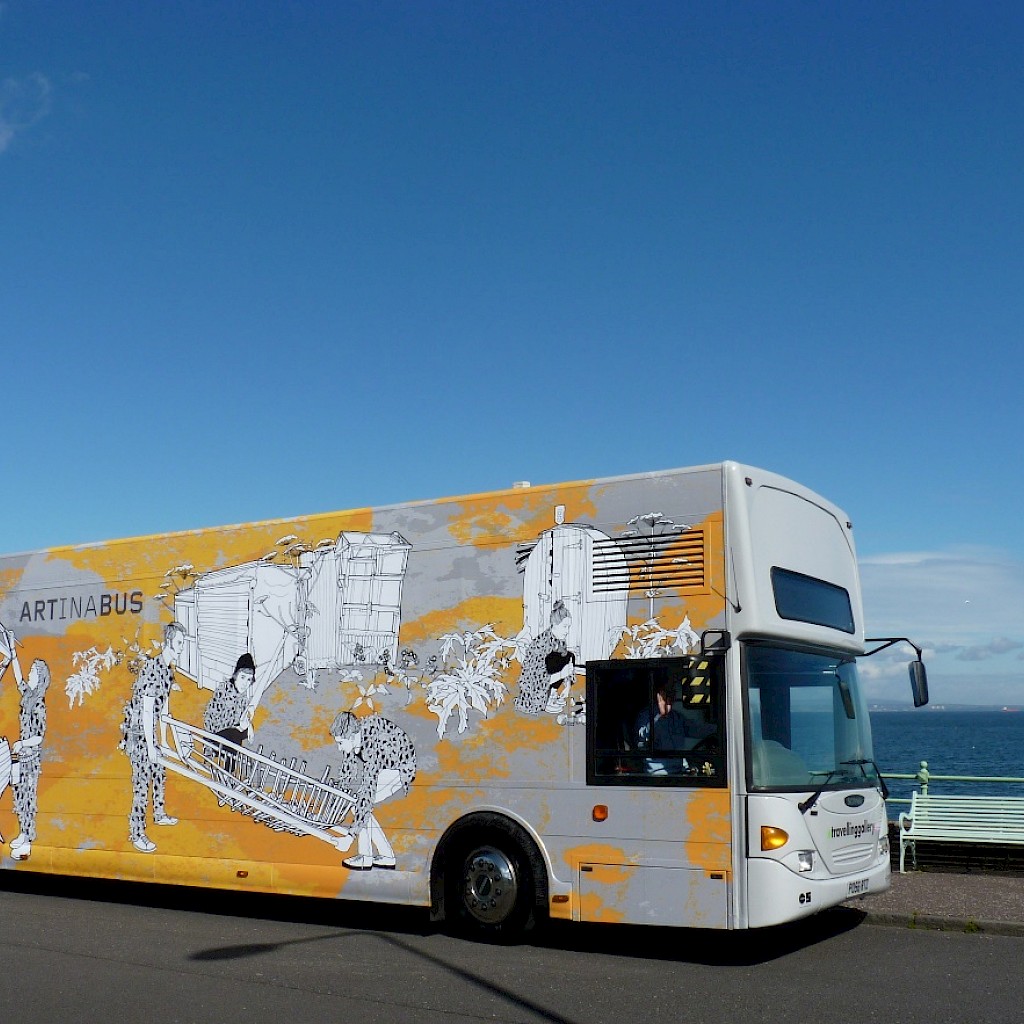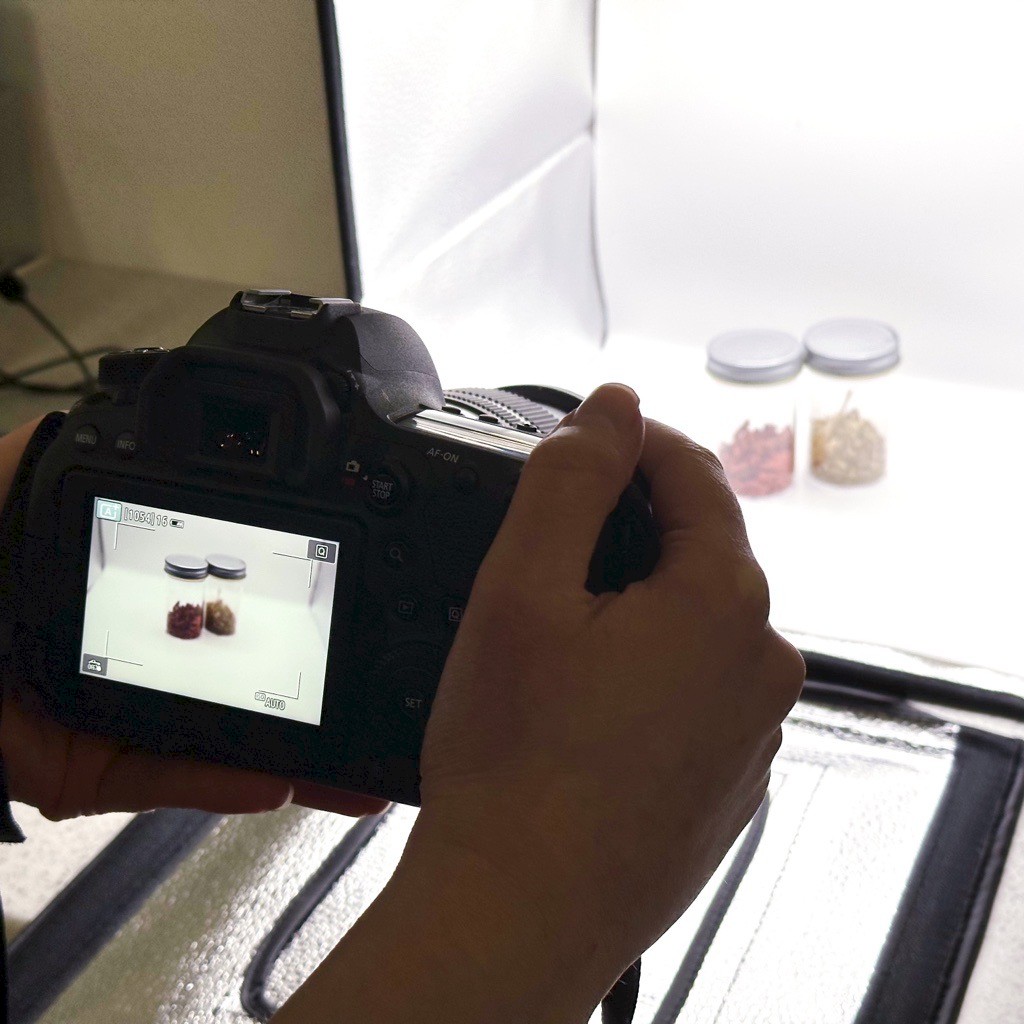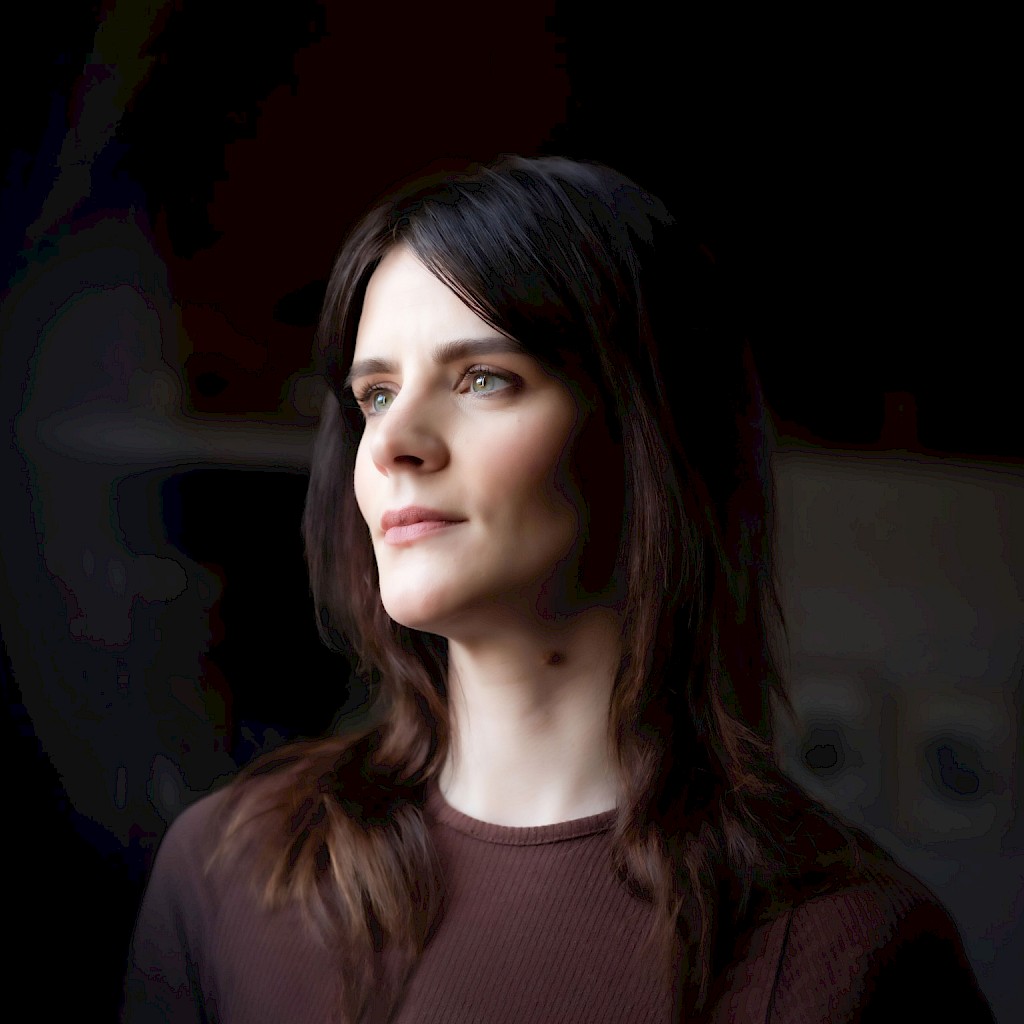Musician and singer Inge Thomson will be back in Shetland later this month for a trio of concerts showcasing compositions based on the “fishing hands” around her native Fair Isle.
The collection of songs and instrumental pieces was commissioned by the Fair Isle Marine Environment and Tourism Initiative (FIMETI). It is to be performed and recorded live at Mareel before being turned into an hour-long album.
It will mark the completion of a project begun by Thomson in collaboration with Lise Sinclair before the poet’s untimely death, aged 42, last year.
Several songs feature lyrics written by Sinclair which turned out to be her last work, and Thomson is looking forward to performing Da Fishing Hands with the help of a five-piece band.
It will be premièred, aptly, in Fair Isle on Friday 23 May, followed by shows at Hillswick Hall and Mareel on Saturday 24 and Sunday 25 May respectively.
Until the early 1900s islanders were almost entirely dependent on fishing for their livelihoods. But a drastic decline in fish stocks around Fair Isle and overfishing by bigger boats changed all of that.
“Because the fishing hands were depleting, there were less and less of the hands being fished,” Thomson says. “It was all passed down in the oral tradition and when they started disappearing so did the information.”
Her sister-in-law Emma Perring and different generations of Fair Isle fishermen compiled a map of the fishing hands around 15 years ago - ensuring an important part of the island's heritage is not lost.
“I’m really excited about being involved in Inge’s translation of Da Fishing Hands into music and song,” Perring says. “It highlights the importance of local skills and knowledge to a community’s sustainability.”
Thomson feels the maps themselves are “beautiful” with “lines denoting triangulation points connecting visible landmarks and sea stacks and the contour lines of the ocean topography”.
She had been working closely with Sinclair, her cousin and a dear friend since childhood (“I could ping a rubber band at her house, all the cousins grew up really close”), on the project since late 2012.
When Thomson visited Fair Isle in September – a month after Sinclair died following a brain tumour – she was worried that “the heart had gone out” of the idea.
But other islanders, including Sinclair’s family, soon changed her mind: “I suppose I was just a little bit lost, and was met with such encouragement that I decided I’m going to do it. Her loss definitely became the driving force behind it, and it really helped me to get through the grieving process because I had something of her that I could work with.”
Inge Thomson
Some of the pieces are named after particular stretches of water that Thomson remembers going to in her father’s small 16-foot wooden boat as a child.“When I was peerie dad would go off as much as the weather would allow because fish were part of our diet, fill a couple of fish boxes and go around the island distributing it. It was never a thing that any money changed hands for.”
With fish around its waters no longer abundant, there is an ongoing campaign seeking to create a 5km commercial fishing limit around Fair Isle by putting a marine protected area (MPA) in place.
After larger boats and trawlers started fishing the waters, Thomson explains, it cleaned out the bigger fish – but also led to a rise in sand eels, causing a boom in Fair Isle’s bird population.
That has been tremendous for tourism in Fair Isle, with bird watchers and naturalists flocking to see its puffins, kittiwakes and tirricks.
By the time commercial fishing cleared out the sand eel population, there were established colonies on the islands.
“These seabirds, guillemots, puffins live for a long time, 30 plus years, and once they’ve made their nest they come back to the same place,” Thomson says.
But more recently there has been a sharp fall in the seabird population and "the worry is that they're going to go, and it's going to be another type of damage" both to the island's marine life and its economy.
Despite that, Thomson and Sinclair did not want to create a piece of art which was disparaging towards fishermen.
“You’ve got to see it from their point of view,” Thomson explains. “It’s not an easy run being a fisherman for a start. They were the heroes of the seas - the guys that everybody sang songs about, a really lauded profession - and they’ve gone from that to being entirely demonised by the media, and I don’t think it’s fair.
“Everybody’s got to make a living, so basically with this project we didn’t want to be alienating anybody. Anybody that’s trying to instil an MPA or no go areas, it’s making their job harder so we wanted to put a less political voice to it.”
The band put together to perform the material boast a rich musical pedigree: singer and flute player Sarah Hayes (a member of Scottish alt-folkies Admiral Fallow), guitarist Steven Polwart (the brother of singer Karine Polwart), bassist Graeme Smillie and instrumentalist Fraser Fifield on whistles, sax and kaval.
Thomson thanked everyone who helped the project reach fruition – Creative Scotland, Shetland Arts, Ruth Little at Cape Farewell and everyone in Fair Isle who helped with research.
Tickets for Mareel & Hillswick Hall are available now via Shetland Box Office in Mareel & Islesburgh, over the phone on 01595 745 555m or online at shetlandboxoffice.org and mareel.org. Tickets for Fair Isle are on the door.
Written by Neil Riddell.




